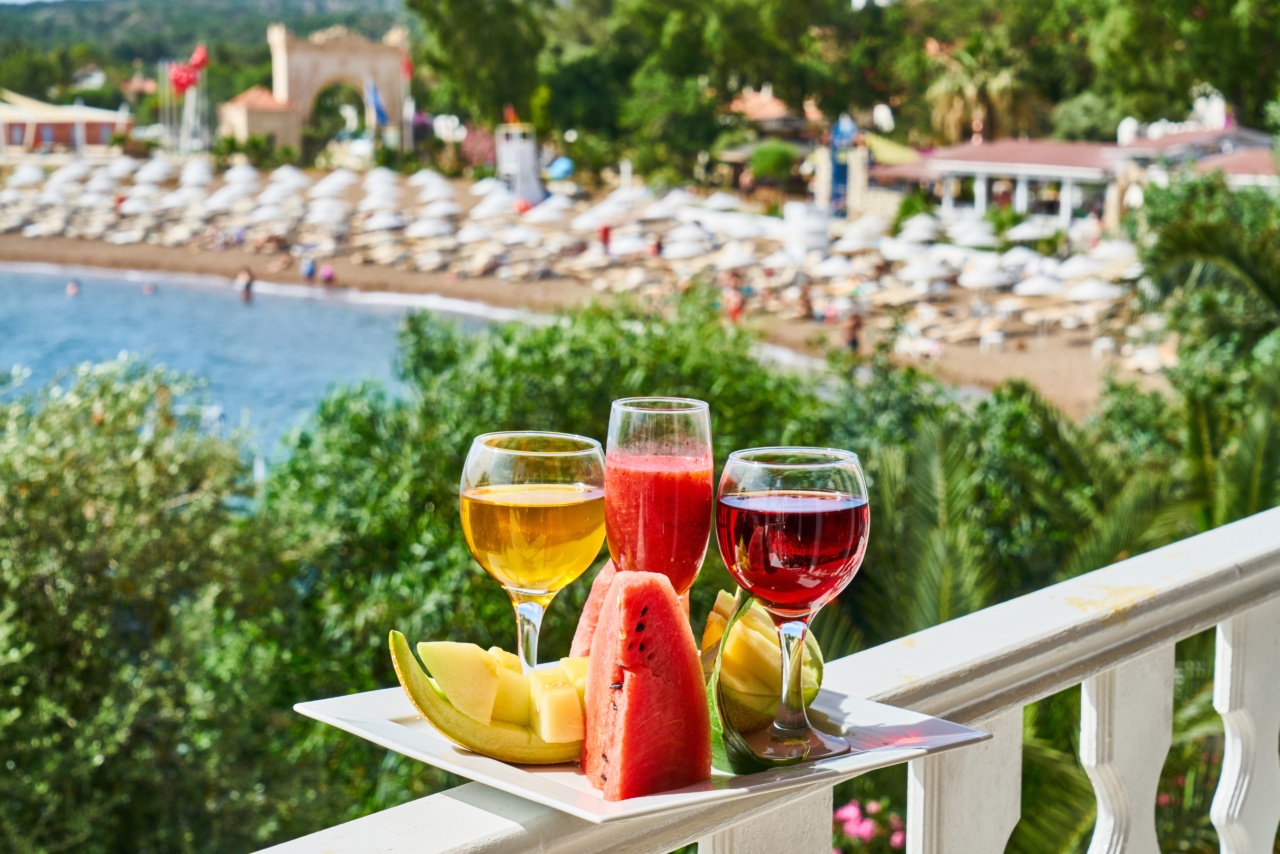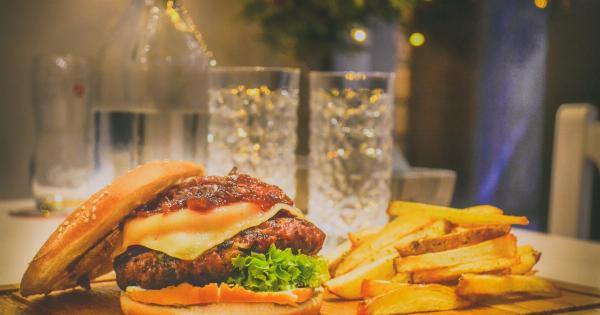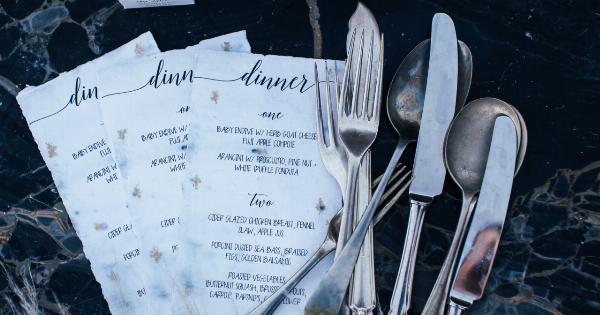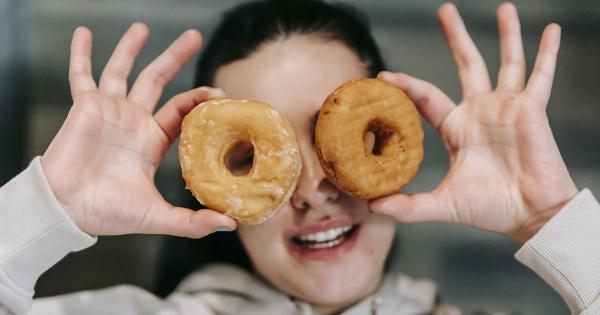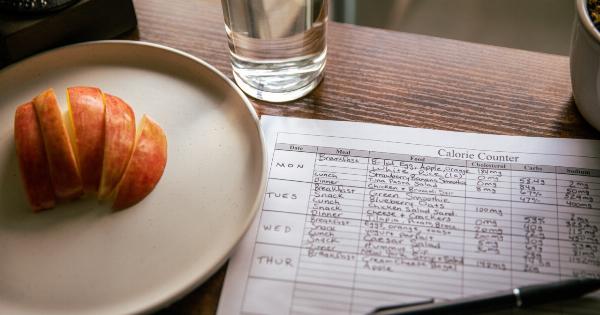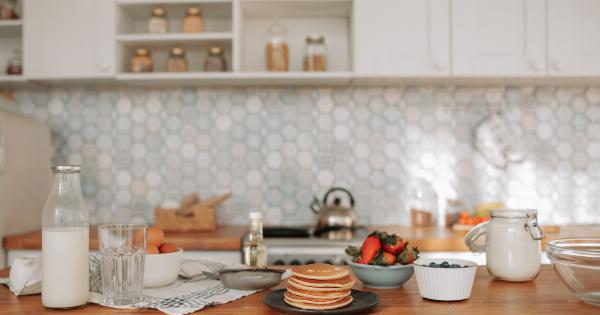When it comes to enjoying a glass of wine, many people are often concerned about the number of calories it contains.
If you’re watching your weight or following a specific diet plan, understanding the calorie content of wine can help you make informed choices. In this article, we will explore the relationship between wine and calories, the factors that affect calories in wine, and provide some tips on how to manage your calorie intake while still indulging in your favorite beverage.
What are Calories?
Before delving into the calorie content of wine, it’s important to have a basic understanding of what calories are.
In simple terms, calories are a unit of measurement that indicates the amount of energy provided by a particular food or beverage when consumed. Our bodies need a certain number of calories to function properly, but consuming more calories than necessary can lead to weight gain.
The Calorie Content of Wine
Wine, like any other alcoholic beverage, contains calories. The calorie content of wine can vary depending on various factors, including the type of wine, the alcohol content, and the serving size.
On average, a standard 5-ounce (148 ml) glass of wine contains around 120-125 calories. However, these numbers are approximate and can vary significantly.
Factors that Affect Calories in Wine
Several factors influence the calorie content of wine:.
1. Alcohol Content
The alcohol content of wine is a major contributor to its calorie content. Generally, wines with higher alcohol percentages tend to have more calories.
This is because alcohol itself contains calories, and the higher the alcohol content, the more calories are present. Hence, sweet fortified wines, such as Port or Madeira, which tend to have higher alcohol content, will generally contain more calories than lighter wines like Riesling or Sauvignon Blanc.
2. Residual Sugar
Residual sugar refers to the unfermented sugars that remain in the wine after the fermentation process. Wines containing higher levels of residual sugar, such as dessert wines or sweet late-harvest wines, will typically have more calories.
These extra calories come from the unfermented sugars, which are not converted into alcohol during fermentation.
3. Serving Size
The size of the wine pour also impacts the calorie content. A standard serving of wine is considered to be 5 ounces (148 ml), which contains around 120-125 calories on average.
Larger pour sizes, such as an 8-ounce glass or a 250 ml glass, will naturally have more calories. It’s essential to be mindful of the amount of wine you consume, as it can significantly contribute to your overall calorie intake.
Managing Calorie Intake
While it’s true that wine does contain calories, it’s still possible to enjoy your favorite glass while managing your calorie intake. Here are a few tips to help you with that:.
1. Opt for Dry Wines
Dry wines tend to have lower sugar content and, therefore, fewer calories compared to sweet wines. Dry wines include varieties like Cabernet Sauvignon, Pinot Noir, and Chardonnay.
By choosing dry wines over sweeter options, you can enjoy your wine while consuming fewer calories.
2. Dilute with Sparkling Water
If you enjoy a spritzer-style drink, consider diluting your wine with sparkling water or soda water. This can help reduce the overall calorie content while still allowing you to enjoy the flavors of your favorite wine.
Plus, it can make your glass of wine last longer!.
3. Watch Portion Sizes
Be mindful of the serving sizes when enjoying a glass of wine. Larger glasses or repeatedly refilling your glass can lead to increased calorie intake.
Use measuring cups to ensure you’re pouring the appropriate amount and savor the taste of each sip.
4. Balance Your Meals
Pairing wine with a balanced meal can help manage your overall calorie intake. Filling your plate with lean protein, vegetables, and whole grains can provide essential nutrients while allowing you to enjoy a glass of wine without guilt.
5. Be Mindful of Frequency
Lastly, pay attention to how often you indulge in a glass of wine. Consistent consumption of alcohol, even in moderate amounts, can add up in terms of calorie intake.
Moderation is key, and it’s important to consider the cumulative calorie intake from all sources, including wine.
